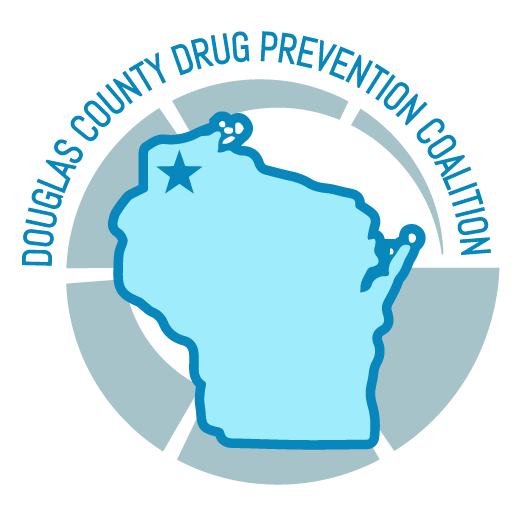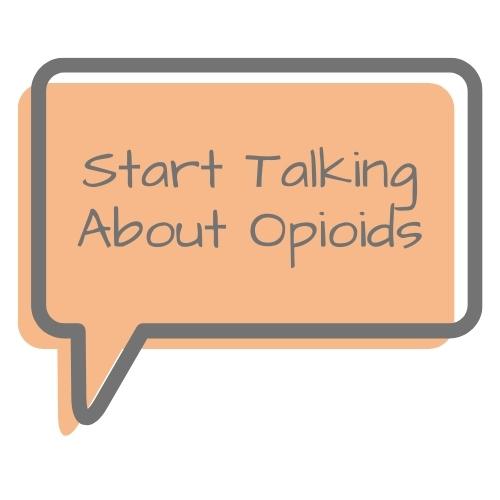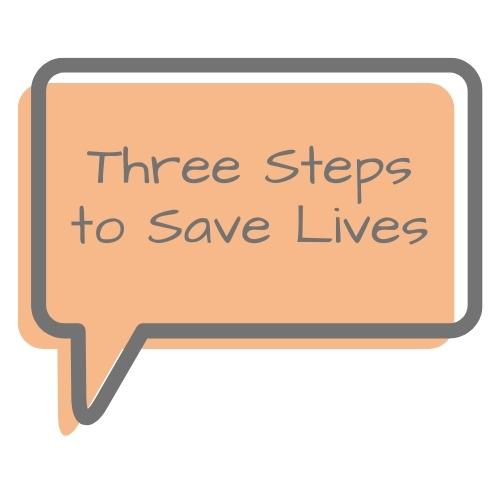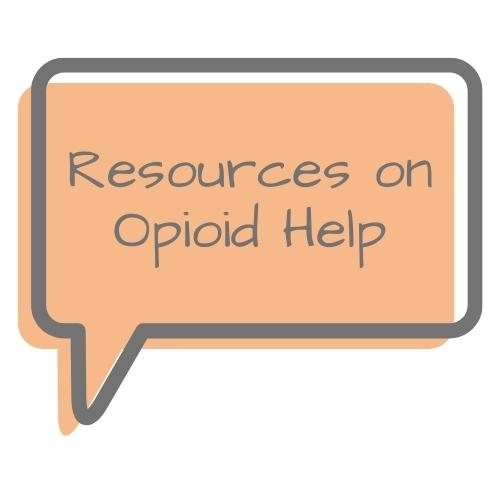Get the FACTS About Opioids

Today, opioids illegally manufactured and mixed with other drugs are causing the most damage to our families and communities. Help the people in your life understand the dangers of opioid use by getting the facts for yourself.
What Are Opioids?
Opioids are a class of legal and illegal drugs that produce a pleasurable effect on the brain and body, although the effect is different for each person who uses opioids. Opioids are used in many ways. A health care professional may prescribe them as part of a treatment plan following an injury or surgery. Opioids also may be used in nonmedical ways. Some people may use opioids to cope with painful emotions, trauma, or other life experiences. Opioids can cause death when misused. At times people are trying to be careful and because of the power of opioids death can occur anyway.
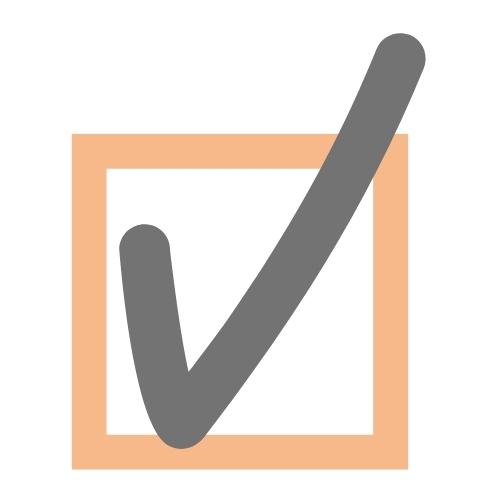
Prescription pain relievers:
Prescription opioids include oxycodone, hydrocodone, morphine, and methadone that relieve pain by changing the way the brain and body feel pain. They don’t cure the pain, but they help a person manage it.

Fentanyl
There are two types of fentanyl: pharmaceutical fentanyl and illegally manufactured fentanyl. Pharmaceutical fentanyl is prescribed by doctors to treat severe pain. Illegally manufactured fentanyl is sold for its heroin-like effect.

Set clear EXPECTATIONS
Make sure kids know that underage drinking is illegal and unacceptable. Set clear expectations for their behavior and enforce your house rules consistently.

Be a RESOURCE
Become your kid’s go-to for information and support – instead of friends or the internet – by taking all of their questions seriously and providing calm, non-judgemental answers.
Why Are Opioids Dangerous?
An opioid use disorder occurs when opioid use interferes with daily life. This may include challenges at home, at work, at school, or in relationships. Anyone who uses opioids can develop an opioid use disorder. It is a chronic disease that can be managed. Taking too many opioids at one time can cause a person to stop breathing and die.
People all over Wisconsin are unknowingly taking drugs laced with fentanyl and overdosing because the drugs look identical to what they are used to seeing. The difference they can’t see, smell, or taste is illegally manufactured fentanyl.
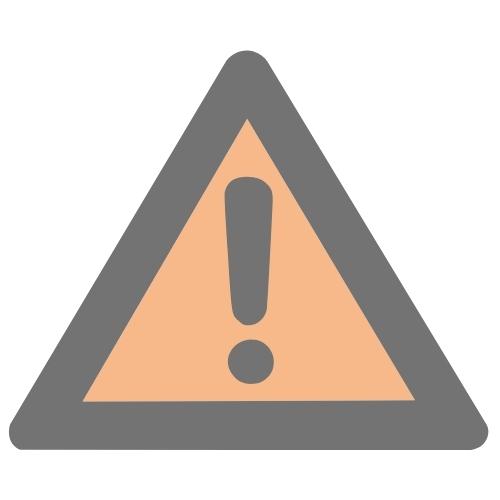
A dose of fentanyl is up to 50 times stronger than heroin and up to 100 times stronger than morphine. Every person is different, but two salt-sized grains of fentanyl can be enough to cause an adult to overdose. Fentanyl overdoses are often fatal.
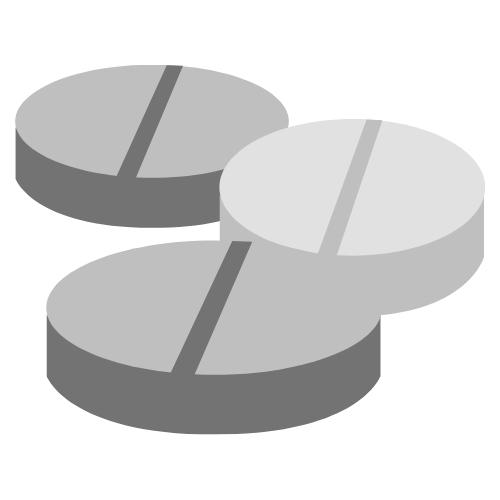
Illegally manufactured powdered fentanyl looks like many other drugs. It is commonly mixed with cannabis, cocaine, heroin, and methamphetamine and made into pills that are made to resemble prescription drugs.
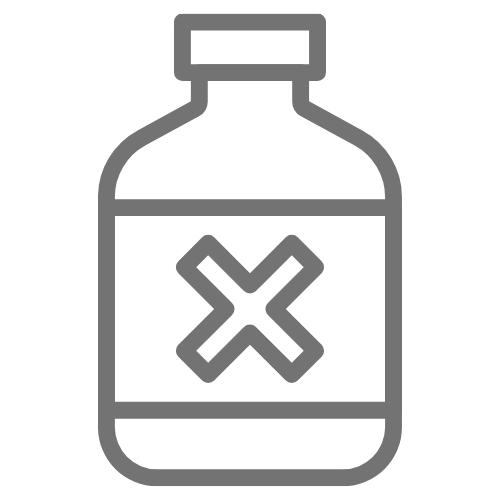
The blending of fentanyl is inconsistent and completely random, making all drugs purchased from illegal sellers a risk. One dose may not contain fentanyl, while another dose may contain it—even though both come from the same supplier.
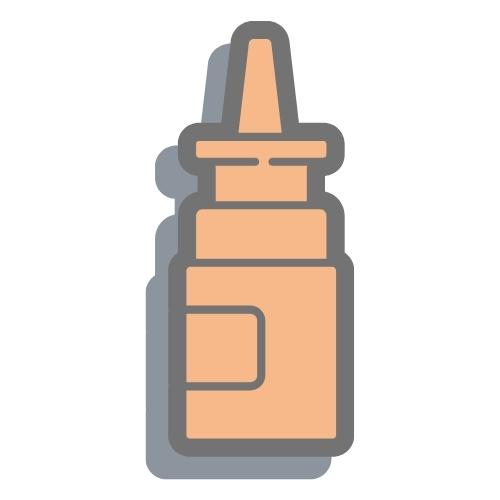
Illegally manufactured liquid fentanyl can be found in counterfeit nasal sprays, counterfeit eye drops, and dropped onto paper or small candies.
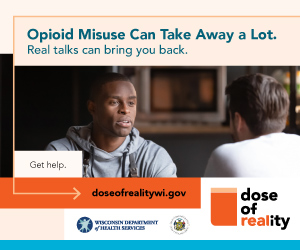
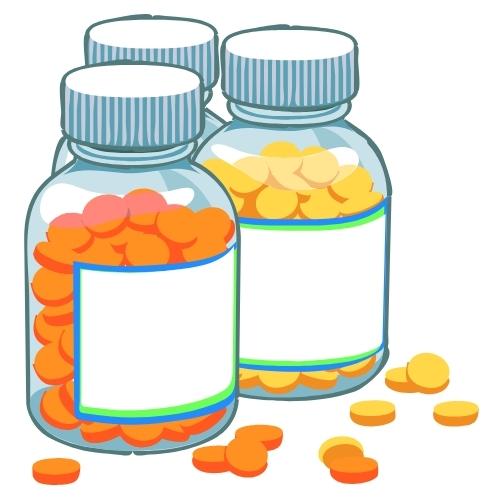
Illegally manufactured fentanyl is distributed in many forms, including powder and liquid. It is impossible to tell by looking at it to tell that the substance has fentanyl in it.
Concerned about someone’s well-being?
Call 211 or 1-833-944-4673
The Wisconsin Addiction Recovery Helpline can help you find local services and support. It’s free, confidential, and available 24 hours a day.
